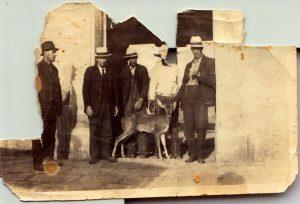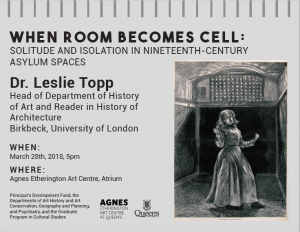Term break is here! And what an eventful term it’s been.
I hope lots of you have had a chance to see the super-stimulating and beautifully installed ‘Cultural Sniping’ exhibition on the collaborative work of the photographer Jo Spence in the Peltz Gallery, which was curated by Patrizia Di Bello with Frances Hatherley and a group of MA students in the department. The opening party was a good one, with people who worked with and knew Jo Spence in attendance.
You can learn more about the show and the work of Jo Spence and her colleagues and ask your own questions at two upcoming roundtable events in the gallery (all welcome – no booking needed):
Thursday 19 April, 6-7:30
Cinderella: Women, Class and Fairy Tales in Jo Spence’s work, with Marina Warner and Frances Hatherley, chaired by Lynda Nead.
Thursday 26 April, 6-7:30
Collaborative Projects: Pleasures and Pains, with Rosy Martin, Carla Mitchell, Ego Ahaiwe Sowinski, and Jacob Bard-Rosenberg, chaired by Patrizia Di Bello
These are both organised by the History and Theory of Photography Research Centre, as is this soon to be held talk, in which my homeland gets some (rare it must be said) attention:
4 April 2018, 6:00-7:30
Keynes Library (room 114) Martha Langford (Gail and Stephen A. Jarislowsky Institute for Studies in Canadian Art, Concordia University in Montreal), Who Can Tell? Histories and Counter-Histories of Photography in Canada.
And now for kudos received by colleagues and students.
Our colleague Peter Fane-Saunders has been awarded the Phyllis Goodhart Gordan Prize by the Renaissance Society of America. This prize – one of the most coveted in the entire field of Renaissance art, literature, history, etc, etc – is awarded annually for the best book in Renaissance studies. Peter’s book is entitled Pliny the Elder and the Emergence of Renaissance Architecture (Cambridge University Press, 2016).
Katherine Turley (MA Medieval Literature and Culture), submitted her essay ‘The face of the one who is making for Jerusalem’: the Angel Choir of Lincoln Cathedral and Joy, written for her Gothic in England MA Option (tutor Zoe Opacic) for the Reginald Taylor and Lord Fletcher Essay Prize and was chosen as the winner. The Reginald Taylor Essay Prize, awarded by the British Archaeological Association since 1934, is given for the best unpublished essay submitted on any subject of art-historical, archaeological or antiquarian interest within the period from the Roman era to 1830. As the winner Katherine has received £500 and a medal and will deliver her paper to the British Archaeological Association at the hallowed premises of the Society of Antiquaries at a future date. The paper will also be published this year in the Journal of the British Archaeological Association. This was not only a great achievement for Katherine but also a double win for Birkbeck: the runner up was Netta Clavner, PhD student at our department only in the first year of her study. Her essay Arma Angliae: The Heraldic Glass in the Great East Window of Gloucester Cathedral received high praise by the RTLF committee and was also deemed worthy of publication.
Congratulations to all three of them!
I myself am writing to you from Canada, where I’m spending a week as a visiting scholar in the Faculty of Arts at Queen’s University in Kingston, Ontario. I have a long-standing interest in the architecture of carceral institutions, so Kingston is a fascinating place for me as the home of an early nineteenth-century model penitentiary and a ‘lunatic asylum’ (as they were called) from the late 1850s. I’ll be visiting these sites and their archives with colleagues from Queen’s, touring with some medical students around the main university hospital (while thinking about power and space), and giving a public lecture entitled ‘When Room Becomes Cell: Solitude and Isolation in Nineteenth-Century Asylum Spaces’.
Hope everyone has a good break, and we’ll see you next term!




